Environment
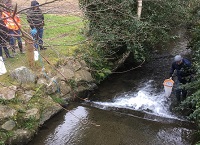
Managing Soil Phosphorous for Water Quality
Managing Soil Phosphorous for Water Quality Phosphorus is an essential nutrient particularly when it comes to crop establishment. Eddie Burgess, Catchment Specialist with the Teagasc Agricultural Catchments Programme speaks more about managing soil phosphorus for water quality. Phosphorous is an essential element and is of particular benefit for crop establishment. Unfortunately phosphorous […]
24 March 2021
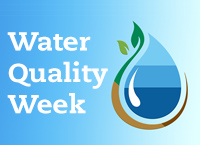
SMARTER_BufferZ
SMARTER_BufferZ Riparian buffer zones are patches of land adjacent to rivers, streams and drains, removed from intensive production. When designed correctly, they play a significant role in the reduction of diffuse inputs from agriculture entering our waterbodies. Buffer zones provide a variety of environmental and ecological services, including: a habitat for biodiversity […]
24 March 2021
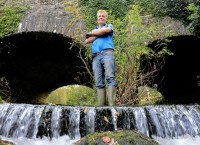
The Caha Project
The Caha Project The Caha Project is a project where nine farmers have come together to protect a section of their local river. This length of river is particularity important as it has been identified as having a High Status Objective and is a Priority Area for Action under the Water Frameworks […]
24 March 2021

ASSAP – Working with farmers to improve water quality
ASSAP – Working with farmers to improve water quality The Agricultural Sustainability Support and Advisory Programme – ASSAP is in existence since 2018. Advisors are working with farmers in Priority areas for action (PAA) across the country to improve water quality. ASSAP advisors Deirdre Glynn and Cathal Somers give information about the […]
23 March 2021
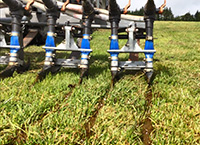
Why LESS is more
Why LESS is more Slurry application on Irish farms was often seen as a chore, done to relieve pressure on slurry storage systems in late winter / early spring, traditionally spread by splashplate. Today this is changing fast with the use of low emission slurry spreaders (LESS), as Eamonn Lynch Dairy Advisor,explains […]
23 March 2021
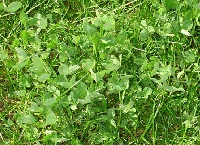
Clover – Why Now?
Clover – Why Now? Ever thought of increasing the diversity in your swards? This can be simply and profitably done across the whole farm over 3 years adding to the health of the soil, animals and consumers as well as reducing losses to water and emissions to the atmosphere. Lane Giles, ASSAP […]
23 March 2021
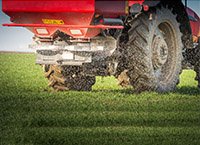
Why You Should Use Protected Urea
Why You Should Use Protected Urea Protected urea allows farmers to spread urea based nitrogen during the growing season without the worry of nitrogen (N) being lost from the field through ammonia emissions. It also reduces greenhouse gas emissions and nitrate leaching when compared to CAN Cathal Somers gives more information Teagasc […]
23 March 2021
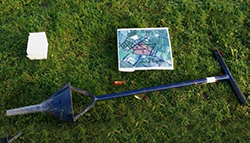
Nitrogen Use Efficiency = Cleaner Water
Nitrogen Use Efficiency = Cleaner Water Deirdre Glynn, Teagasc ASSAP Advisor and Dr. David Wall, Teagasc Researcher both define Nitrogen Use Efficiency (NUE) here. They discuss losses of Nitrogen and how we can avoid this going forward through soil testing, nutrient planning, responsible fertiliser and slurry spreading and more Nitrogen use efficiency […]
23 March 2021
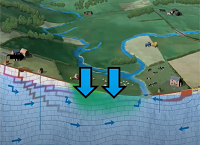
How Nitrate leaching occurs
How Nitrate leaching occurs Nitrate leaching can occur during times of heavy or prolonged rainfall. Free draining soils are particularly susceptible to nitrate loss as it’s very mobile in soil and readily leaches groundwater. The highest risk is in winter and early spring, as Prof Owen Fenton, Teagasc Researcher explains The highest […]
23 March 2021

Catch Crops for Water Quality
Catch Crops for Water Quality There are multiple benefits to using catch or cover crops in a tillage system. In terms of water quality it is the ability of catch crops to reduce nitrate (NO3-N) leaching that makes it a valuable tool for all tillage farmers. Catch or cover crops in a […]
23 March 2021
